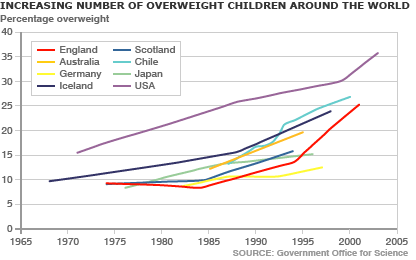Ever
wondered how persons with hearing impairment make it through most of the church
sessions which mostly are speech dominated?Well,these thoughts had never crossed my mind until a few weeks ago when i happened
to attend a Mid morning Mass at Our Lady of Guadalupe Parish Adams I was taken aback by the presence of interpreters serving a congregation of close
to 50 persons who had hearing impairment.
Truth be
told, this was the first time it hit me so hard of how many of the activities
we do on daily basis that aren’t inclusive with the overall assumption that
everyone is like us; that they can hear, they can see, they can walk and they
can access most of the public facilities. until something distorts your
thinking.
The Persons
With Disabilities Disparity
According to Wikipedia, Disability refers to "
the consequence of an impairment that may be physical, cognitive, mental,
sensory, emotional, developmental, or some combination of these. A disability
may be present from birth, or occur during a person's lifetime." The 2009
census indicated that there were 1,330,312 persons with disabilities in
Kenya. But the big question is, how inclusive have we been in mainstreaming PWDs in our day to day activities? Take for instance,the recently released Public Service Appointments Evaluation Report 2014, by Public Service Commission
which revealed that only 1 percent of the persons with disability were employed
against the 5% threshold the Kenyan Constitution mandates under Article
54 .In terms of figures, the 1% would translate to 1,082 in a population
of 106, 724 employees.
Article
54 Persons with disabilities
(1) A person with any disability is entitled
(a) to be treated with dignity and respect and to be addressed and referred to in a manner that is not demeaning;
(b) to access educational institutions and facilities for persons with disabilities that are integrated into society to the extent compatible with the interests of the person;
(c) to reasonable access to all places, public transport and information;
(d) to use Sign language, Braille or other appropriate means of communication; and
(e) to access materials and devices to overcome constraints arising from the person's disability.
(2) The State ensures the progressive implementation of the principle that at least five percent of the members of the public in elective and appointive bodies are persons with disabilities.
(1) A person with any disability is entitled
(a) to be treated with dignity and respect and to be addressed and referred to in a manner that is not demeaning;
(b) to access educational institutions and facilities for persons with disabilities that are integrated into society to the extent compatible with the interests of the person;
(c) to reasonable access to all places, public transport and information;
(d) to use Sign language, Braille or other appropriate means of communication; and
(e) to access materials and devices to overcome constraints arising from the person's disability.
(2) The State ensures the progressive implementation of the principle that at least five percent of the members of the public in elective and appointive bodies are persons with disabilities.
Given that the PWDs makes 3.5% of the total population in Kenya, this in essence indicates that there is a considerable number of PWDs
in the agricultural arena leading to the questioning on how inclusive in the Agricultural sector?
The State of
Inclusiveness in Agriculture
I have been
involved in a lot of agricultural field activities but never did it occur that
we should be inclusive. As i look back now, i realize more of the activities
were geared towards the abled persons with no inclusion for the PWDs and
overtime, i have started questioning myself on the status of inclusion in
agricultural activities. For instance have a look at your offices. Which floor
are they in? How steep are the staircases? Do you have a ramp? Can your door
allow for access to someone with a wheelchair? If not on the ground floor, do
you have a lift to help access it in case you hold meetings? Do you have in
place temporary measures to ensure if the situation arises you can cope well
with it?
On
packaging and dissemination of agricultural information,how inclusive is your
dispatch of information materials? Is it mindful for they who are visually
impaired? For the agricultural television programmes, do you have interpreters
for you shows to ensure that they with hearing impairment can access the same
information?
On vacancy
announcements in the local dailies and job searching sites, how inclusive are
they? When designing these adverts, do we keep in mind persons with visual
impairments and how they might access the same?
ICTs
and agri-tech seems to be the new like. When designing new technologies, do we
keep in mind the how the same technology might be to people with
disabilities for ease in their adoption or do we just assume they will be
applicable in a whole stretch of persons?
On extension
services delivery, do we factor in PWDs or just go on with the demand driven
approach to offering extension services? Do we provide the provision of the
same in our policy documents? Its interesting to see even the Agricultural
Sector Development Strategy document hasn’t incorporated any of the same.
The Way
Forward
Not all is
lost as some initiatives like National
Farmers Awards Scheme are warming up to the inclusion and
integration of persons with disabilities.
Do you know
of any other projects/ initiative that are promoting inclusion in the
agricultural sector? Share their details in the comment section below.
PS:
See
a video by Sean Progue filmed at Our Lady of
Guadalupe Parish on mission Sunday 2011.







